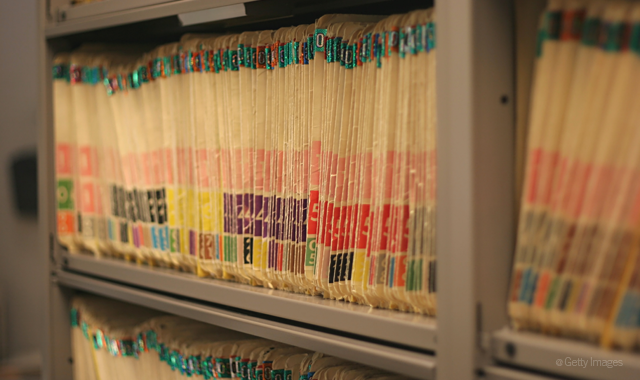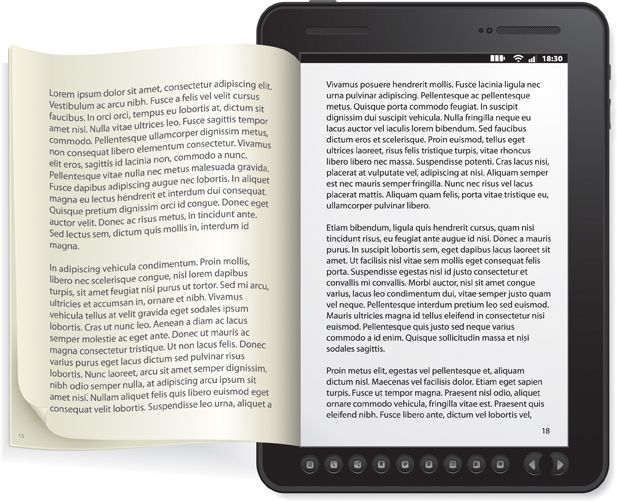CDT 2016: 6 changes shaping dentistry
With November upon us, it is once again time for what has become our annual review of the additions, changes and deletions in CDT benefit coding. Changes in CDT 2016 came under the two general categories: Stand-alone changes and interrelated changes.
With November upon us, it is once again time for what has become our annual review of the additions, changes and deletions in CDT benefit coding.

Changes in CDT 2016 came under the two general categories: Stand-alone changes and interrelated changes. Other influences shaping dentistry come from Medicare, insurance carriers’ mergers and teledentistry.
Continue to the next page to see the changes.




Interrelated changes
Several areas of related changes are with dentures, sedation and genetic testing. Dr. Doyle Williams, an insurance expert working with Aspen Dental, testified on the need for immediate partial dentures codes. He stated that Aspen does 45,000 immediate partial dentures but the only code available was the D9999 code. To close the gap and enable great specificity, four related codes were added.
Sedation in dentistry was another interrelated hot topic with some believing the Code Maintenance Committee (CMC) had confused the codes over the past few years. A single code was revised, resulting in two new codes added to replace four different codes. Soft tissue grafts also saw two additions and five revisions.
Scientists from academia, research and industry continue to explore current science and clinical applications for genetic testing in oral medicine. The CMC decided that the existing genetic testing code was not clear enough. This resulted in a decision to create separate codes for sample collection and analysis.



Stand-alone changes
Dr. Peter Milgrom, professor of Dental Public Health Sciences and Pediatric Dentistry in the School of Dentistry and director of the Northwest Center to Reduce Oral Health Disparities at the University of Washington testified at the CMC meeting in favor of a unique code for silver diamine fluoride (SDF). A new stand-alone code was added: D1354 interim caries arresting medicament application. It is important to note that codes are not product specific. The nomenclature (name) and definition of this code could be appropriate for other treatment options. An additional response to changing technology which enables dental practitioners to acquire a bitewing image with no film or sensor resulted in an additional radiograph code.



Other changes shaping dentistry in 2016 and beyond
It’s all about electronic health records (EHR). Smarter equipment, a more reliable cloud connection, HIPAA requirements, 3D printing open-source CAD-CAM, 3D virtual treatment planning integration and more specific coding are all pieces and parts of EHR. Other influences come from Medicare, insurance carriers’ mergers and teledentistry. Dental offices will be asked to react to these changes. Flexibility in adapting to change will be a hallmark of successful dental practices.



Medicare
The Centers for Medicare and Medicaid Services (CMS) is a member Code Maintenance Committee and plays a large role in the dental coding world. As the largest single payer of health benefits in the U.S., Medicare is setting the standard for insurance reimbursements and many carriers will have to make changes to play in this arena. Dentists must make a Medicare participation decision – even if it’s one of non-participation – and have all paperwork completed by June 1, 2016.



Major insurance carrier mergers
We don’t know and could not yet predict what changes might be in the works for dentistry with the merging of some of the biggest insurance carriers.
Two proposed mergers involving four of the nation’s biggest health insurers could reduce competition in an important industry. Earlier this summer, Anthem agreed to acquire Cigna for $48 billion, and Aetna announced a $37 billion takeover of Humana. That will leave only three major national companies. Will less competition lead to higher prices? Will it mean lower quality coverage?



Telemedicine/teledentistry 2016
Teledentistry became more of a reality in several state legislatures with more coming in 2016. California and Arizona began to use teledentistry in 2015. West Virginia, Hawaii, Oregon and Colorado are among the other states currently considering passing legislation that would enable them to offer teledentistry programs to residents of those states. The most common path being taken by states is to cover telehealth services in Medicaid programs. Currently 43 states and the District of Columbia provide some form of Medicaid reimbursement for telehealth services, with 19 states and the District of Columbia now requiring private insurance plans to cover telehealth services.


Just a taste
This small preview gives you a taste of the changes shaping dentistry in 2016 and beyond. More details are available in a free e-Book CDT Shift 2014-2016, brought to you by OneMindHealth, a company that builds technology services that make providing, receiving, and paying for dental services more like the consumer experience your patients have come to expect.
How Dentists Can Help Patients Navigate Unforeseen Dental Care
December 12th 2024Practices must equip patients with treatment information and discuss potential financing options before unexpected dental treatments become too big of an obstacle and to help them avoid the risk of more costly and invasive procedures in the future.
Product Bites – January 12, 2024
January 12th 2024The weekly new products podcast from Dental Products Report is back. With a quick look at all of the newest dental product launches, Product Bites makes sure you don't miss the next innovation for your practice. This week's Product Bites podcast features new launches from Videa Health and DentalXChange.
Product Bites – October 27, 2023
October 27th 2023Product Bites makes sure you don't miss the next innovation for your practice. This week's Product Bites podcast features new launches from Kerr Dental, MGF, PreXion, ZimVie, Amann Girrbach, VOCO, ASI Dental Specialties, DMG, and NovoDynamics. [8 Minutes]